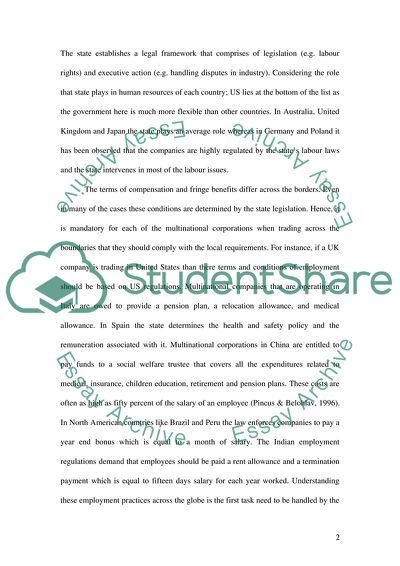Cite this document
(Impact of International Trade on the Human Resources of Multinational Coursework, n.d.)
Impact of International Trade on the Human Resources of Multinational Coursework. Retrieved from https://studentshare.org/human-resources/1719443-international-business-for-law
Impact of International Trade on the Human Resources of Multinational Coursework. Retrieved from https://studentshare.org/human-resources/1719443-international-business-for-law
(Impact of International Trade on the Human Resources of Multinational Coursework)
Impact of International Trade on the Human Resources of Multinational Coursework. https://studentshare.org/human-resources/1719443-international-business-for-law.
Impact of International Trade on the Human Resources of Multinational Coursework. https://studentshare.org/human-resources/1719443-international-business-for-law.
“Impact of International Trade on the Human Resources of Multinational Coursework”. https://studentshare.org/human-resources/1719443-international-business-for-law.


